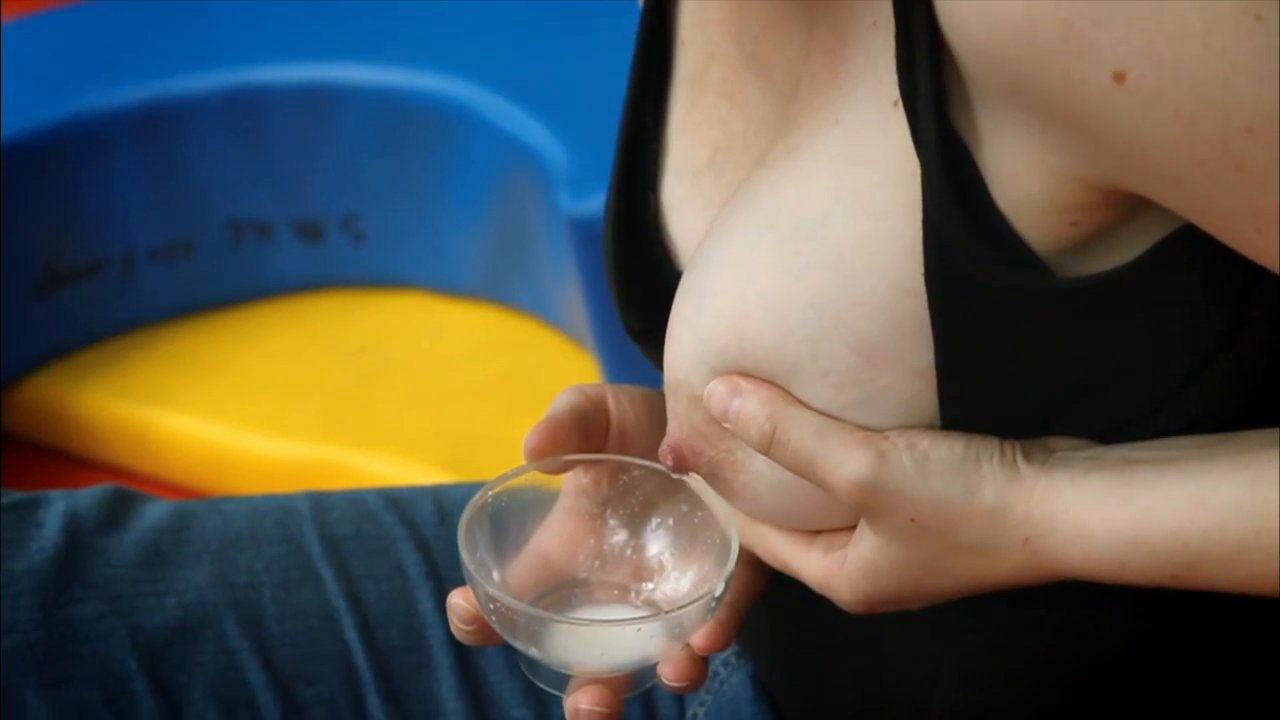
A blocked duct is caused when milk flow through one of the ducts in your breast is obstructed. This causes a backflow of milk which then leaks into the surrounding tissue. This area will become inflamed and you will be able to feel a hard lump under the skin.
You might notice a small white spot at the end of your nipple. This is a sign that the duct opening has become blocked by skin cells growing over it. These small white spots are sometimes called milk blisters or ‘blebs’.
These blocked ducts are easily treated.
A good first step is to try massage and/or expressing to free the duct. See our blog on Expressing breastmilk.
You can even just try changing the position your baby feeds with. See our blog on Breastfeeding Positions for ideas.
If expressing or changing positions doesn’t help, it’s best to get it looked at by your Health Visitor or GP since if there’s an infection you might also need to be treated for that.

If your baby doesn’t drain your breasts properly when they feed, the milk can back up and end up blocking the ducts or leaking into tissue where milk isn’t supposed to be stored. The body sends its immune response because the milk is not where it’s supposed to be. This means extra blood (which makes the breast look more red over time) and lymph fluid (which means the breast feels more firm). The firmness isn’t just because the breast is full of milk.
If you start to feel like you have flu and you have a raised temperature, a blocked duct may have turned into mastitis and you need to contact your midwife, health visitor or doctor.
The flu-like feeling is a sign that your body is treating the milk as a foreign protein and your immune system is fighting .
The absolutely best way of preventing blocked ducts in breastfeeding is to make sure you have had expert help in getting your baby attached properly. This means they’ll drain your breasts when they feed. Another way to prevent blocked ducts is to let your baby feed when they want to. Try not to take them off before they are finished or feel you need to stretch the gaps between feeds when your baby is showing signs that they want to come to the breast.
However sometimes a blocked duct can be caused by tight clothing or even sleeping in an awkward position. It is important to check your breasts every day so that you can pick up on any small lumps or red areas before they develop. Feeding baby and expressing whilst massaging the area can help prevent it developing into mastitis.
Knowing how to express is a GREAT method of helping if you feel there’s a problem coming on – easing a blocked duct, moving mastitis, or even just getting rid of excess milk.
It’s important to keep breastfeeding your baby, even though it may hurt a bit or sometimes a lot. It will actually help you get better more quickly. Feed as often as you can and make sure there aren’t long gaps between feeds. You may even have to wake your baby for a feed sometimes.
If feeding hurts too much, hand or pump express instead. But you need to get that milk flowing out.
Other top tips include:
If your symptoms don’t improve, or if you do start to feel ill, contact your midwife, health visitor or doctor to help prevent mastitis developing. If mastitis does develop you might need antibiotics. It’s important not to stop breastfeeding if you do develop mastitis and antibiotics are safe to use during breastfeeding.
If it’s a recurring problem, you need expert help getting your baby attached properly.
For further information please review our mastitis article here or click here for the Breastfeeding Network leaflets.